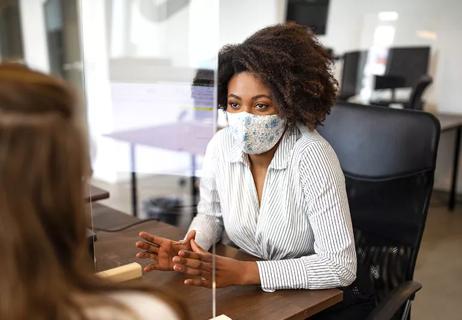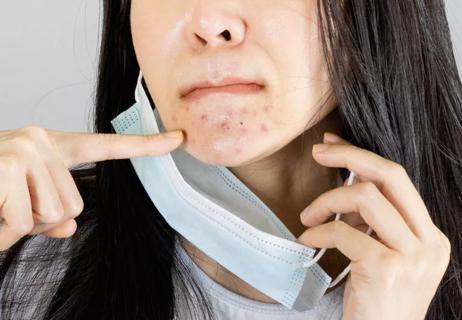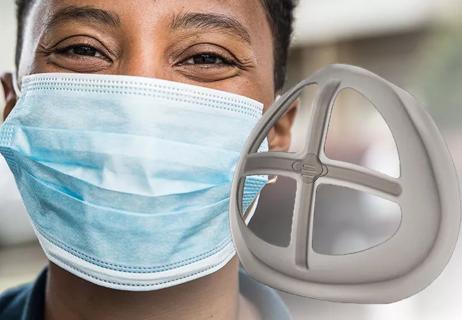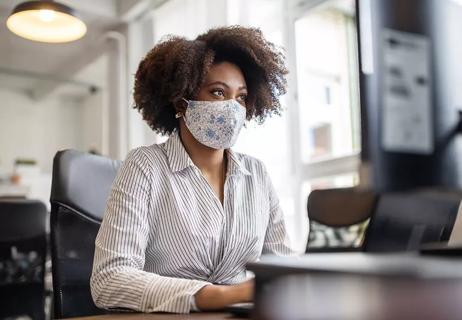How to choose your mask wisely + keep it clean

If you’re just running into the grocery store, wearing a cloth face mask for a few minutes isn’t a huge inconvenience for most people. But if you work outside or go to work or school in a building that isn’t air conditioned, adding a mask to the equation can crank up the discomfort level during the sweltering summer months.
Advertisement
Cleveland Clinic is a non-profit academic medical center. Advertising on our site helps support our mission. We do not endorse non-Cleveland Clinic products or services. Policy
“Wearing a mask over your nose and mouth in hot weather is certainly uncomfortable, but it’s quite necessary if you’re going to be around other people outside of your household,” explains internal medicine physician Janet Morgan, MD.
To prevent the spread of COVID-19, the Centers for Disease Control and Prevention recommends wearing cloth face masks when you’re in public places — especially when it’s hard to stay 6 feet away from other people. (However, if you have a medical condition that causes trouble breathing or if you aren’t able to remove a mask without help, it’s not recommended that you wear one.)
Wearing a cloth mask when it’s hot can feel stuffy and humid, but for most people it’s generally not dangerous to your health, Dr. Morgan says. However, being in very hot temperatures for an extended period of time — mask or not — can put you at risk for heat-related illness such as heat exhaustion, dehydration or, in extreme situations, heat stroke. (If you’re prone to heat exhaustion, check with your provider first.)
If possible, avoid long periods of direct sun exposure if you’re outdoors, and avoid heavy exertion. If at any point you feel dizzy, nauseous, lightheaded, confused, faint or breathless, it’s time to get out of the heat.
Advertisement
To make wearing a mask more comfortable when it’s hot, keep these tips in mind:
Don’t forget to wash your masks after each use, since some germs thrive in warm, damp conditions like those created by a sweaty mask.
The CDC recommends washing your masks along with your regular laundry using detergent and the warmest appropriate water setting, or by hand with a bleach solution. Dry them completely in your dryer or by laying them flat, preferably in direct sunlight.
Advertisement
Learn more about our editorial process.
Advertisement

Masking can help reduce the spread of respiratory illnesses in certain situations

No, but find out how you could be making things more uncomfortable

Here's what you can do to help prevent it

They’re a hot seller, but a proper fit is critical

Reduce the stress with a few helpful tips from a psychiatrist

Fancy and unusual ingredients aren’t always better

Several conditions, like vitiligo and fungal infection, can cause a loss of pigmentation, leading to white spots or patches on your skin

If the area is bleeding a lot or the wound is near your face or genitals, you likely need a specialist’s care

Babies can get congested easily, but you can calm their cough by keeping them hydrated, using nasal drops and running a humidifier

Weight loss may cause loose, sagging skin and muscle loss to your rear

Several conditions, like vitiligo and fungal infection, can cause a loss of pigmentation, leading to white spots or patches on your skin